Explore the unique world of Mānuka honey, a rare and highly sought-after honey known for its distinctive properties. With origins tracing back to New Zealand, Mānuka honey has gained global recognition for its potential health benefits and distinct flavor profile. This guide will illuminate what makes this honey special, why it has become a must-have in nature’s pantry, and how to select the best jar to suit your needs.
Mānuka Trees and Bees
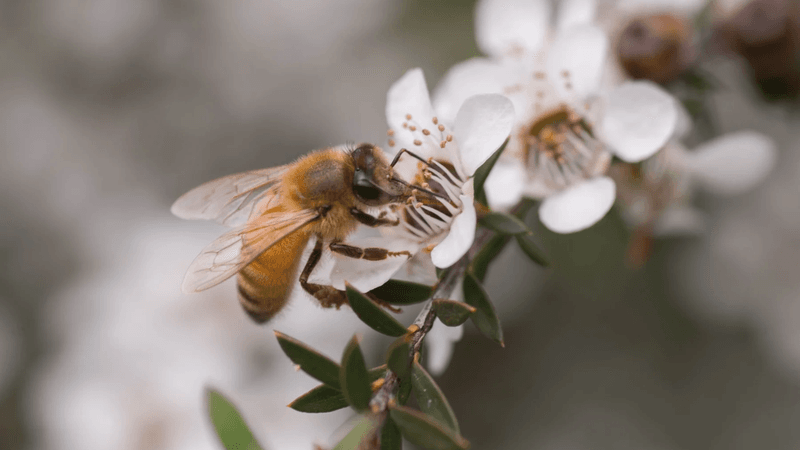
In the heart of New Zealand’s wild landscapes, Mānuka trees flourish, offering a vital nectar source for bees. These trees, resilient and hardy, grace the hillsides with their beautiful blossoms. The bees, in turn, transform this nectar into the beloved Mānuka honey. This unique relationship between flora and fauna produces honey rich in flavor and nutrients. Did you know? The Māori, indigenous people of New Zealand, have long utilized Mānuka for its healing attributes. This symbiotic dance of nature is where the magic of Mānuka honey begins, setting it apart from other honeys.
Health Benefits of Mānuka Honey
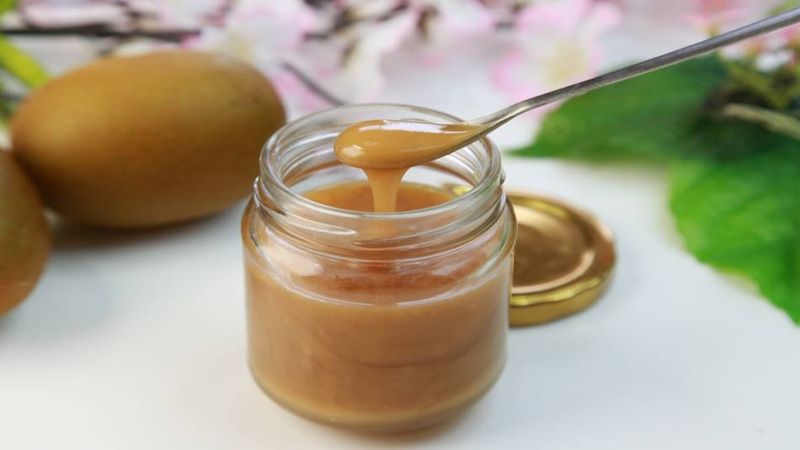
Renowned for its unique properties, Mānuka honey is more than a sweet treat. It’s celebrated for its potential health benefits, including antibacterial effects and immune support. Whether drizzled over yogurt or stirred into tea, its uses are diverse. A jar of this golden nectar in your kitchen can transform your daily routine into a wellness ritual. Fun fact: Mānuka honey has been the subject of various scientific studies, exploring its role in wound care and digestive health. Embrace this natural marvel and savor its potential to enhance both flavor and well-being.
Choosing the Best Mānuka Honey
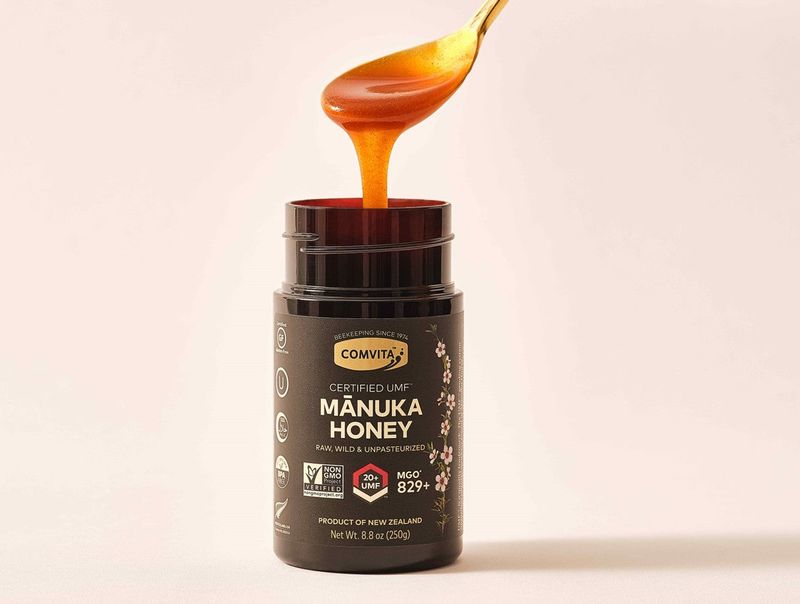
When selecting Mānuka honey, understanding the UMF (Unique Mānuka Factor) rating is essential. This rating indicates the honey’s potency and purity, guiding buyers in making informed decisions. Each jar tells a story of its origin and quality, with higher UMF numbers suggesting greater benefits. Imagine standing in a shop, surrounded by choices, each promising something unique. This decision, while seemingly simple, connects you to the rich traditions and rigorous standards of Mānuka honey production. Choose wisely, and you’ll bring home not just a sweetener, but a piece of New Zealand’s natural heritage.
Unique Grading System
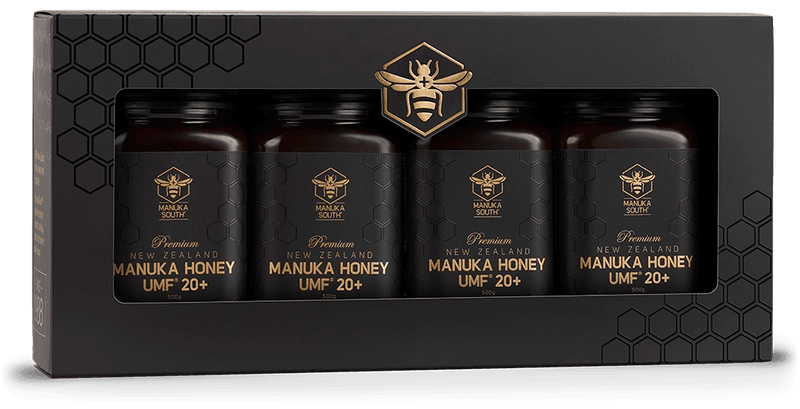
Mānuka honey isn’t your ordinary honey; its quality is measured using the Unique Mānuka Factor (UMF) grading system. This system is vital in differentiating genuine Mānuka honey from other varieties. A higher UMF rating signifies more potent antibacterial properties, making it a sought-after choice for medicinal uses.
Each jar is carefully tested to meet stringent criteria, ensuring consumers receive only the best. Whether you’re using it for health benefits or culinary purposes, understanding this grading system enhances your purchasing decisions.
Did you know? The UMF grading can range from 5+ to 20+, indicating varying levels of beneficial compounds.
Harvesting in New Zealand
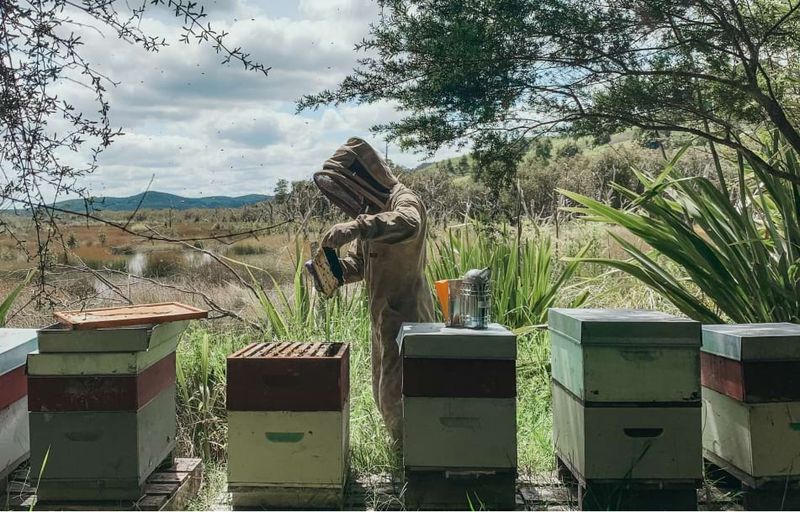
Ever wondered where Mānuka honey comes from? It originates from the remote, untouched wilds of New Zealand. The pristine environment contributes to the honey’s purity and quality. Beekeepers, clad in protective suits, carefully harvest the honey, ensuring minimal environmental impact.
The unique climate of New Zealand influences the flowering of Mānuka bushes, vital to honey production. This connection to nature ensures each jar is infused with the essence of its origin.
A fun fact: The Mānuka tree, known as Leptospermum scoparium, blooms for only a few weeks each year, adding to the honey’s rarity.
Leave a comment